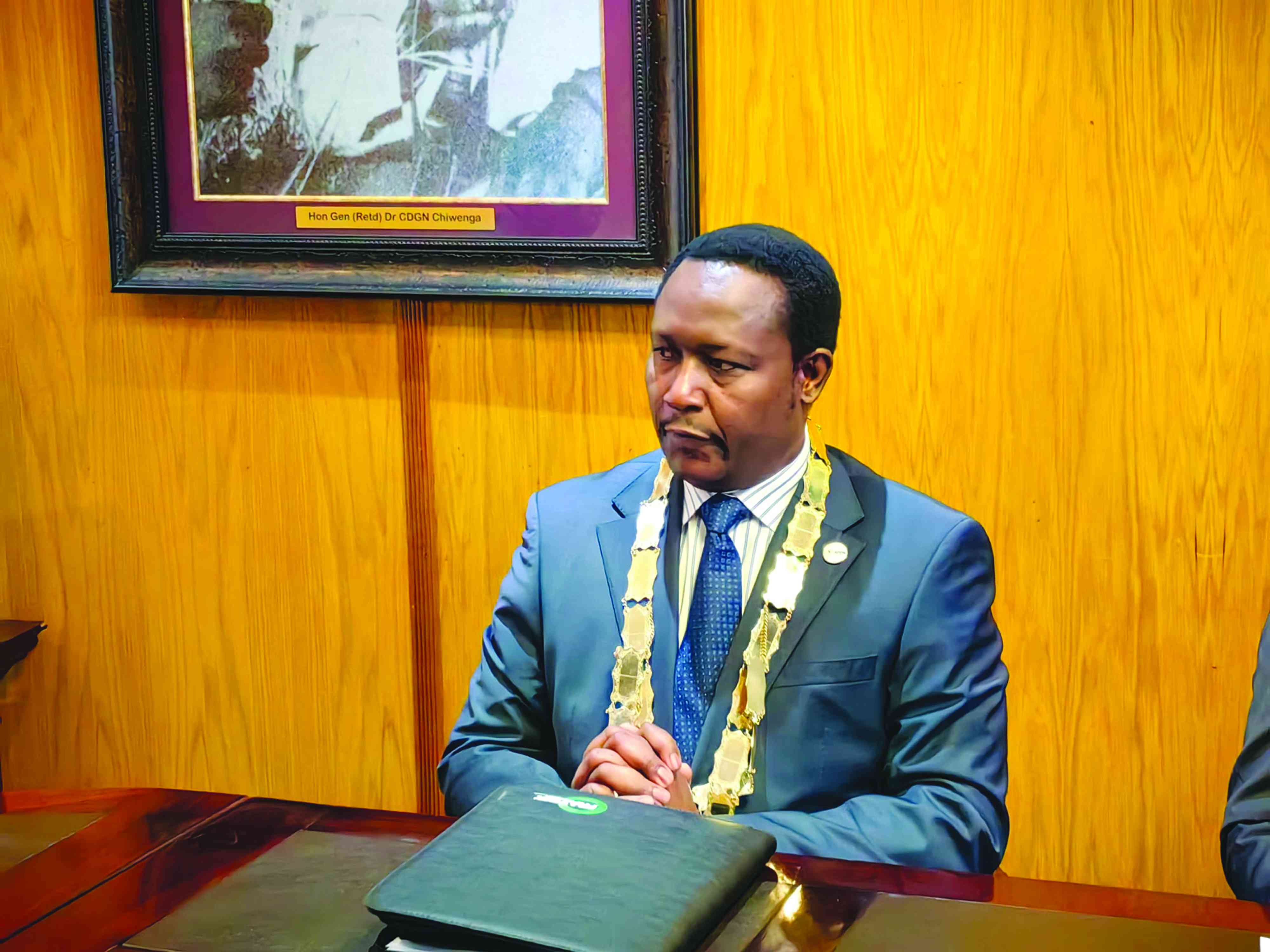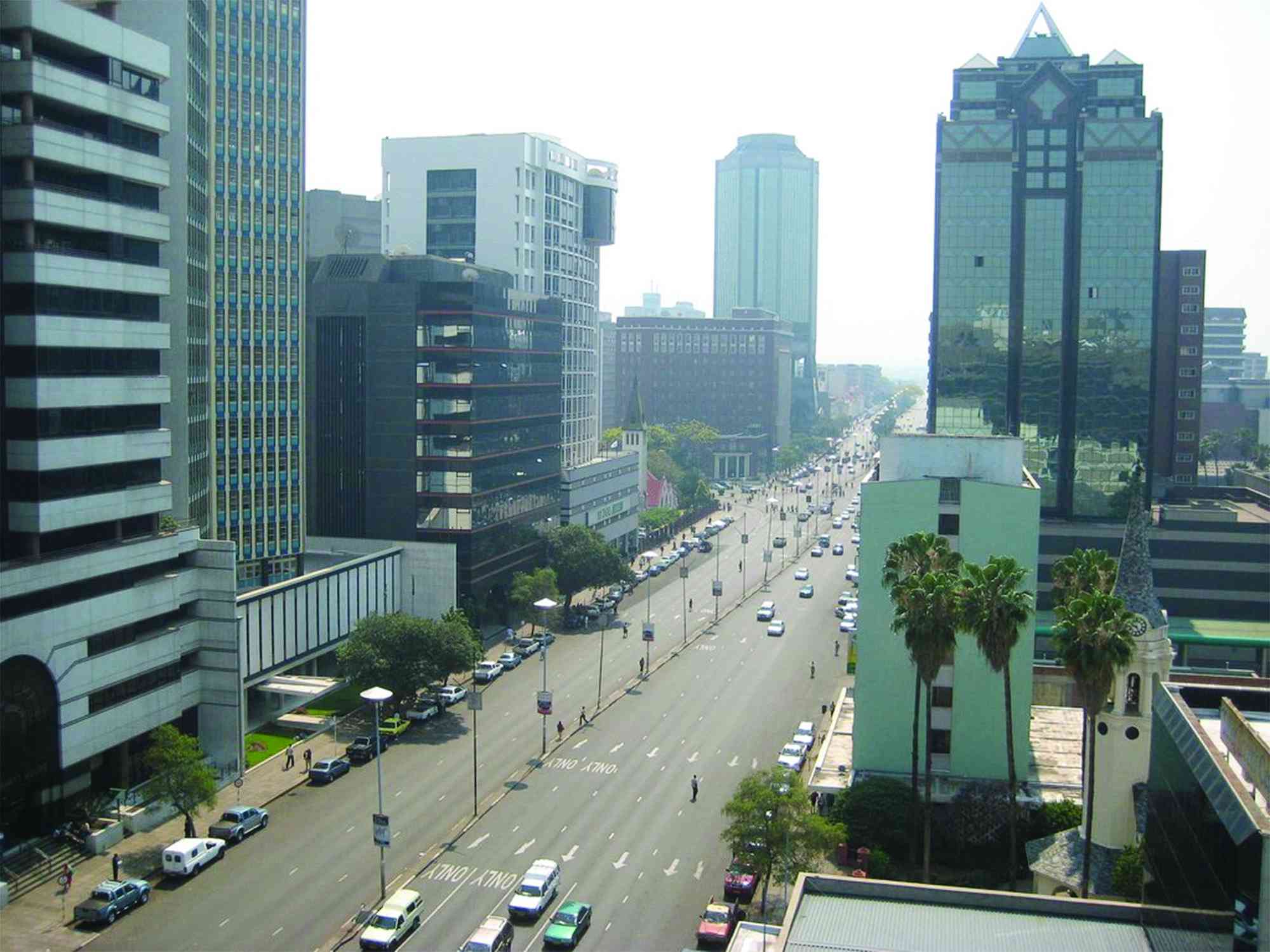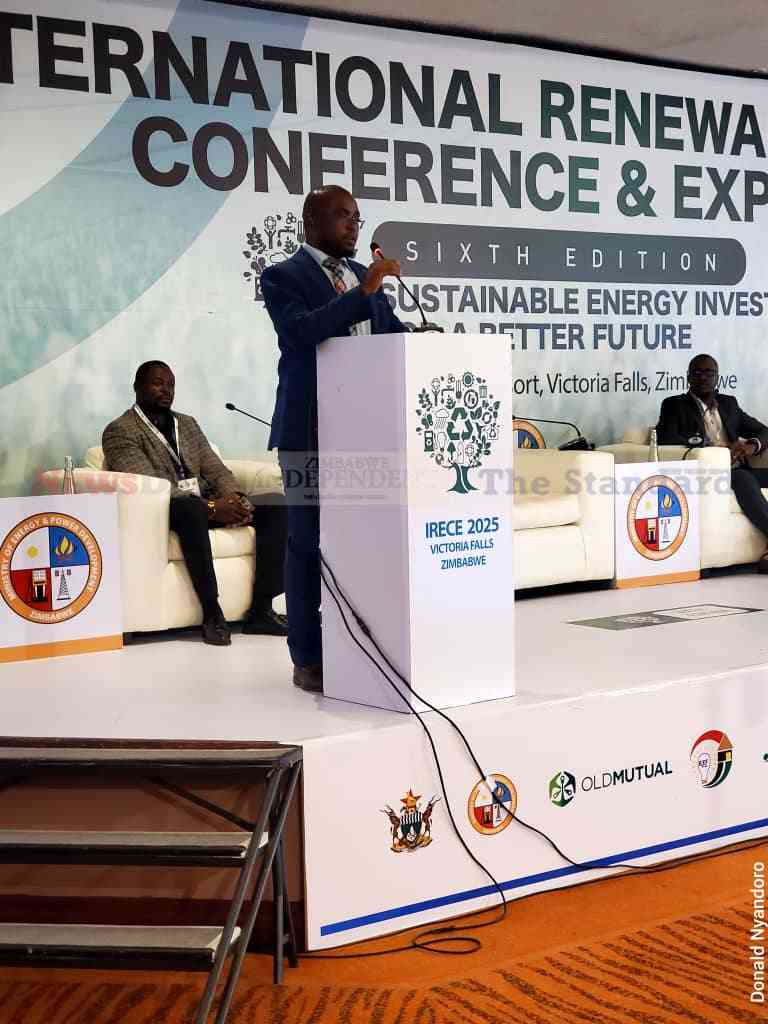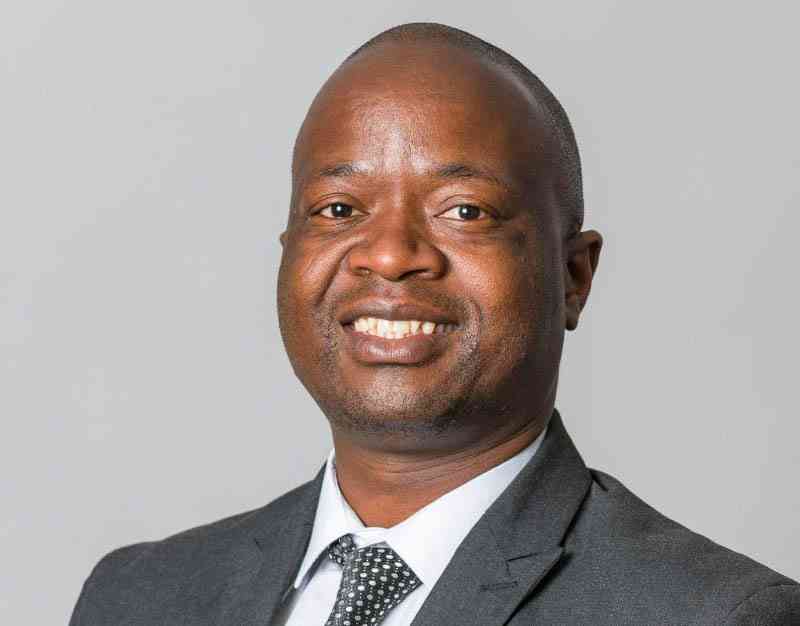
With Zimbabwe’s public procu-rement system undergoing rapid transformation in the past decade, a senior official at the centre of the reforms told the Zimbabwe Independent this week millions of United States dollars in savings have been achieved. In this interview with our business reporter Tafadzwa Mhlanga (TM), Clever Ruswa (CR), chief executive officer at the Procurement Regulatory Authority of Zimbabwe (Praz) hinted one of the most dramatic changes achieved so far was technology–driven procurement systems’ ability to clamp down on looting and manipulation of the country’s tender system. Ruswa shares his view below:
TM: Tell us about Zimbabwe’s public procurement system. Are you happy?
CR: Zimbabwe’s procurement system is continuously evolving. There are four pillars making up the public procurement system, which can be considered when assessing and understanding the current status. Much has been done through various reform initiatives to drive continuous growth of the four pillars. But there is more work to be done. Review processes are now at an advanced stage, focusing on refining various instruments governing the public procurement system.
TM: Which are these processes?
CR: These include the Public Procurement and Disposal of Public Assets Act and Regulations, as well as various guidelines. This will make them suit our country’s context adequately. Institutional framework and management capacity relates to the degree to which public institutions have reformed their procurement structures for them to function in a manner conducive to the use of procurement best practices. While this area is certainly better than before, it still faces serious challenges in as far as the actual operation of structures is concerned. But almost all public institutions have adopted procurement management structures as stipulated in the Act. Knowledge gaps and personnel competence issues are hindering effective generation of value. In other cases, challenges are compounded by institutions’ slow pace of change.
TM: Alright, tell us more about the pillars.
CR: (We have) accountability, transparency and integrity. (We also have) procurement operations and market place. It is through these pillars that transactional compliances, efficiencies and transparency are gauged through processes such as audits, complaints reviews and various other approaches. So far, the performances of different entities under these pillars reveal widely differing capacities. This reflects the differences in maturity of the entities. Significant strides have been made to ensure compliance with regulatory frameworks and improve service delivery. Enforcement on compliance has been our major push. Our teams are continuously on the ground around the country. We are also pushing the value for money, as enunciated by the government so that taxpayers’ funds are properly utilised. On affirmative procurement, we have raised awareness about the provisions and their benefits to relevant groups. We have built capacity among targeted groups, equipping them with the skills, knowledge, and networks needed to succeed in the procurement marketplace.
TM: Praz introduced the e-procurement programme. What was the impact on procurement processes?
- Combating corruption in public procurement
- Beitbridge border post ‘dumps’ Zimdollar
- ‘Shocking gaps riddle Zim procurement processes’
- Praz red flags procurement loopholes
Keep Reading
CR: The eGP system is a secure web-based application used for facilitating procurement in an efficient, transparent and effective manner. Its main function is to reduce human interface, which is prone to manipulation. That has been dealt with well since its introduction. It enables all public entities and bidders to conduct procurement activities electronically. The eGP system has been a transformative step in modernising procurement processes. It has streamlined operations and significantly reduced opportunities for corruption. While quantifying improvement is complex, we would cautiously estimate progress at around 85%, acknowledging room for further enhancements.
TM: What else has it done?
CR: It has taken care of supplier registration, key pair management systems, procuring entity registration, procurement plan and budgeting, among others. It has also done e-evaluation, e-awarding and contract management and framework agreements and management information systems. The eGP system’s power lies in transparency and its open and fair access for all. Before eGP was launched, most institutions’ procurement processes were opaque and inaccessible, creating opportunities for corruption. Now the eGP system has enabled wide reach and openness. That has increased bidders’ response rate and competition. Furthermore, due to electronic transaction trail, auditing of procurement processes has been enhanced, enabling wider review of transactions.
TM: How many registered suppliers are there?
CR: Suppliers were 9 785 as at March 24, 2025. We continue to encourage more businesses to register, fostering a competitive environment that benefits all stakeholders, including special interest groups such as women, SMEs, youths, and people living with disabilities.
TM: Comment on accusations that procurement processes are replete with scandals and rife manipulation by local authorities.
CR: It is essential to recognise that such challenges are not unique to Zimbabwe. As a regulator, we would always want to be on top of the situation. Praz is actively working to implement stricter oversight and accountability measures to mitigate these issues. There are procurement plans that entities must follow, which we adhere to as these should be planned, for the good of the profession. We are happy that last year the government, through Treasury, released a statement alerting entities that they would not be allocated funding if they procured outside the system. Major savings have also been realised through prior review by the Special Procurement Oversight Committee (SPOC). As of last year, about US$21 million was saved through intervention by SPOC. Any procurement scandals or inefficiencies that have been observed in public institutions are essentially symptoms of weaknesses and vulnerabilities under the pillars discussed earlier. As a result, when Praz pursues any cases of that nature, significant attention is given to what systems vulnerabilities opened that opportunity and need to be addressed. Safeguards against system manipulation should not be outside the institutions, but most importantly, inside. Therefore, the collaboration of all relevant anti-corruption agencies, as well as support of internal institutional, elements such as internal auditors, integrity committees and accounting authorities are key in tackling manipulation across the board.
TM: What is the best way forward in terms of curbing leakages?
CR: The number one step is strengthening procurement and finance systems. These will guarantee transparency, cost effectiveness and accountability in procurement processes. Increased awareness and scrutiny through reviews by SPOC, auditors and the public at large will follow as support to the system. Praz has partnered with the National Competitive Commission, a partnership that aims at ensuring fair competition within the market. Praz is also in the process of formulating standard price lists for commonly purchased commodities, which are set to be functional this year. The best way forward involves a multi-faceted approach, such as strengthening oversight mechanisms, enhancing training for procurement officials, and promoting a culture of integrity among participants in the procurement process. Engaging stakeholders and fostering transparency are also critical.
TM: You also talked about value for money.
CR: Value for money is paramount in procurement, particularly in tendering and invoicing. It ensures that public funds are utilised efficiently, yielding the best outcomes for the community. Our focus is on ensuring that quality and cost-effectiveness go hand in hand. Last year, we signed an MoU (memorandum of understanding) with the National Competitiveness Commission to create and collaborate on the development of a national market price list for commonly procured goods and services to assist procuring entities to make procurement decisions which achieve value for money. This helps in having price ranges for products and services.
TM: We understand that contractors who worked on roads towards the Southern African Development Community (Sadc) meeting have not been paid.
CR: Regarding the contractors involved in road projects for the Sadc meeting, in terms of the Public Procurement and Disposal of Public Assets Act, public procurement is the responsibility of the accounting officer; hence the Ministry of Transport and Infrastructural Development would be best positioned to respond. However, we assure you that procurement processes were conducted in alignment with established guidelines, aimed at achieving the best possible outcomes.
TM: The quality of work done by contractors on roads has been under scrutiny, with new roads not lasting more than five years.
CR: The government of Zimbabwe has taken strategic steps to build local capacity to construct infrastructure, including roads, through local contractors. This has yielded long-term advantages, although there are still areas of improvement for both the procuring entities and local contractors. Procuring entities require building better project management competencies, as well as improving on crafting complex works contracts, while contractors require continuing building capacity through use of experienced personnel and acquiring better equipment. Praz has already initiated capacity building arrangements to address institutional weaknesses in dealing with complex works contracts.
TM: What are some of the challenges that Praz faces in general?
CR: The need for enhanced training for procurement personnel, adapting to a rapidly-changing procurement landscape and slow pace in the PPDPA (Public Procurement and Disposal of Public Assets) amendments.










